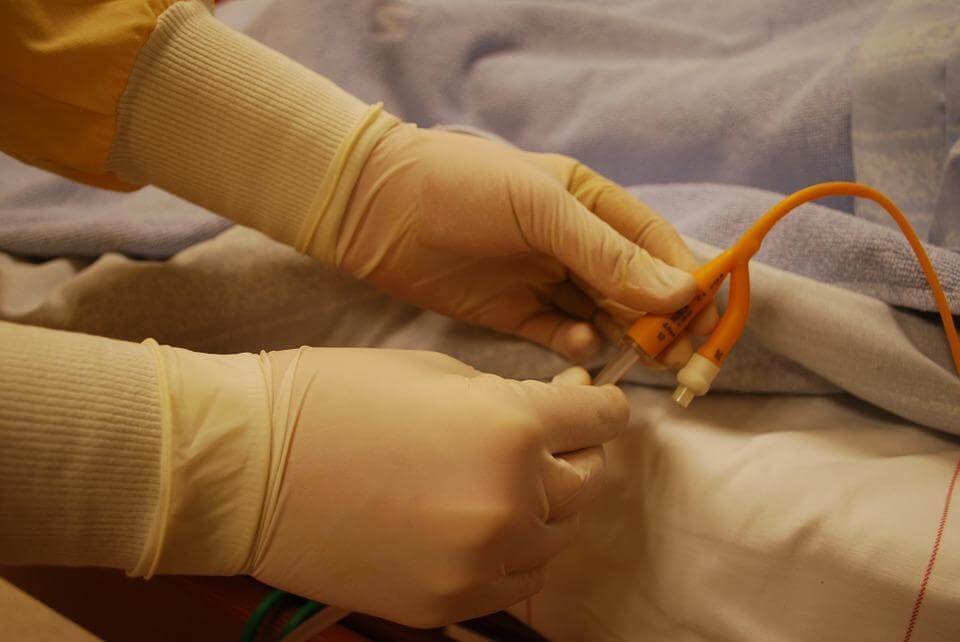People who encounter urinary incontinence may use a catheter, a tube placed in the body to drain urine from the bladder. Unfortunately, several medical conditions make it harder for patients to control urine leakage, especially as they get older. Urinary retention is a condition in which a patient is unable to empty his bladder when needed. This medical condition takes a toll on one’s physical and mental self. One feels he has no control over his life because he cannot control his bladder and experiences tremendous pain.
Fortunately, the problem has an effective solution. Physicians for centuries have been using different forms of urinary catheters to provide relief to patients by draining the urine from the bladder. These days, most catheters are made from silicone, rubber, and plastic. Continue reading to learn more about different types of urinary catheter supplies and how to use them.
Indwelling Urethral Catheters: An indwelling urinary catheter stays in the bladder and helps collect urine to a drainage bag secured to one’s leg. Since the urine bag is covered under one’s clothes, it is not visible to the naked eye.
- At times the catheter is inserted through a small hole in one’s belly instead of the urethra.
- A small inflated balloon is attached at the end of an indwelling catheter that prevents the tube from sliding out of one’s body. The tube is deflated when one needs to take it out.
Condom Catheters: Men with incontinence can use condom catheters. It is a condom-shaped device that does not have a tube placed inside; instead, it is placed over the penis. The tube is attached to a draining bag that one can change every day.
Intermittent Catheters: If you do not require a catheter for long-term use, you may go for an intermittent catheter that does not have a bag attached to it. One only uses the catheter to empty the bladder when required, after which the tube is taken out. This process can be repeated throughout the day, whenever one needs to urinate.
Drainage Bags: Most catheters come with a drainage bag that keeps the urine, flowed from one’s bladder. One must keep the urine bag lower so that the urine does not go back to one’s bladder. Remember to empty the bag once it is half full and before going to bed.
How to Clean a Catheter: Most catheters are used several times, while some are made for one-time use only. Therefore, reusable ones must be adequately cleaned after daily use (if possible every day).
- Do not leave the catheter on dirty surfaces such as bathroom floors. The tube goes inside one’s body; therefore, germs on it can lead to serious health concerns.
- After washing your hands with soap, take out the catheter and rinse out the tube. You may use a solution of white vinegar and water to clean the device. You may also soak it in hydrogen peroxide for 30 minutes or wash it with soap and warm water.
Rinse it with cold water and dry it with a towel. You can put it in a plastic bag for future use.

